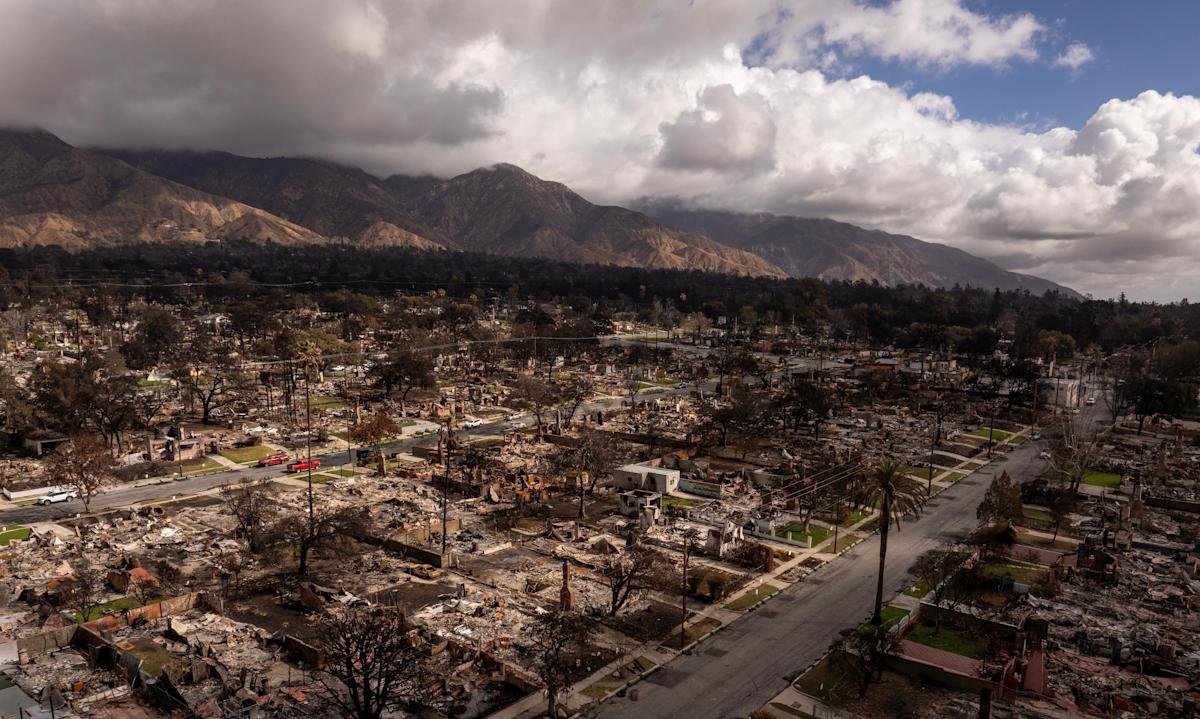Regional disparities intensify
Premium growth is most pronounced in areas prone to hurricanes, wildfires, and floods. Homeowners in Miami now pay an average of $502 per month, up from $306 at the end of 2019, making the city the most expensive market for property coverage. New Orleans follows at $472 per month. California cities are also experiencing sharp increases as new state regulations take effect in the aftermath of major wildfires.
Rising repair costs add further pressure. Higher prices for building materials and labor mean insurers spend more on claims, which ultimately translates into higher premiums for policyholders. The Insurance Information Institute notes that climate-related disasters in 2023 alone generated tens of billions of dollars in insured losses, a trend accelerating the withdrawal of some carriers from high-risk zones.
Climate risk and carrier exits
Climate change is intensifying the frequency and severity of hurricanes, hailstorms, and wildfires, forcing insurers to reassess risk models. In states such as Florida, Texas, and California, several large carriers have reduced coverage or exited the market altogether after consecutive years of heavy losses. Homeowners left with fewer options often turn to state-backed insurers of last resort, which can carry higher premiums and limited coverage.
Data from the National Association of Insurance Commissioners confirm that loss ratios in disaster-prone areas remain above national averages, underscoring the financial strain on insurers and the ongoing upward pressure on consumer rates.
Hidden costs add to affordability challenges
Insurance joins property taxes, maintenance, and homeowners-association dues as one of the so-called hidden costs of ownership. For buyers already contending with elevated mortgage rates and near-record home prices, escalating premiums can tip affordability calculations. Some prospective buyers are revising budgets or targeting regions with lower perceived climate risk to manage long-term costs.
Industry analysts do not expect immediate relief. Unless the pace of severe weather events slows or insurers identify new strategies to spread risk, premiums are likely to remain on an upward trajectory, making insurance a decisive factor in future housing transactions.
See our latest Finance News Update , visit our Finance News Update section.
Finance News Update
Crédito da imagem: ICE Mortgage Technology



